Is this a plant or an animal cell?
Plant Cell
What organelle allows things to enter and exit the cell?
Cell Membrane
True or False:
Molecules like to move from areas of low concentration to areas of high concentration.
False
All living things are made of _______.
Cells
What do we call the tiny structures within cells that act similarly to our organs?
Organelles
Name that organelle! 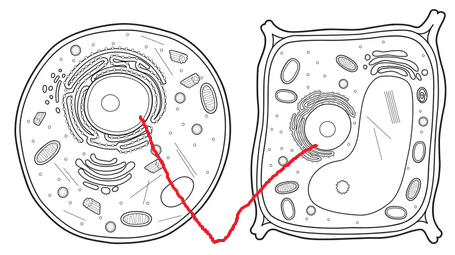
Nucleus
Mitochondria
What type of transport is shown here?
Active Transport
All living things must maintain this, a steady internal blance.
What is homeostasis?
A collection of tissues working together is called ______.
An organ
Name that organelle!
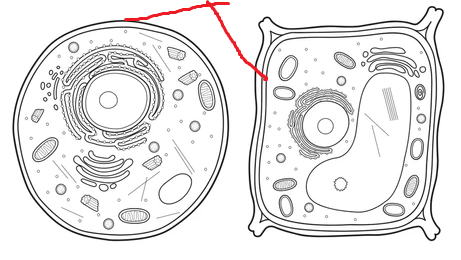
Cell Membrane
What organelle in plant cells contains chlorophyl?
Chloroplast
What type of transport is shown here?
Diffusion
Name the life process that occurs:
You are sitting on the bus and the man next to you sneezes in your direction. Luckily, your body works to fight off the infection.
True or false:
Our organs and a cell's organelles carry out similar functions.
True
Name that organelle!
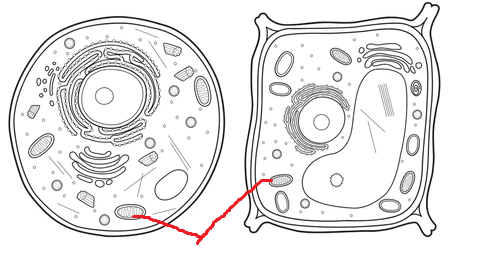
Mitochondria
Which organelle makes proteins?
Ribosomes
Diffusion, facilitated diffusion, osmosis
All the life processes put together are called...
Metabolism
What does X represent?
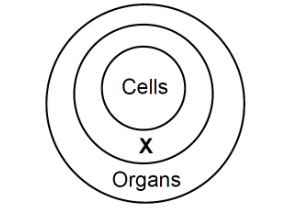
Tissues
What two organelles, identified here, are only found in plant cells.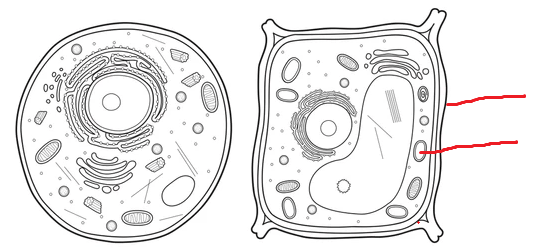
Cell Wall & Chloroplast
This organelle is larger in plant cells and used for storing water and wastes.
Vacuole
What type of transport is molecule A doing in this picture?
Active Transport
List three characteristics of living things and three life processes.
Life Processes: Reproduction, immunity, regulation, nutrition, excretion, locomotion, circulation, respiration, synthesis
Characteristics of living things: made of cells, organized, requires energy, adapts through evolution, grows and develops, maintains homeostasis, responds to stimuli, reproduces
List the levels of organization from smallest to largest.
Organelles, cells, tissues, organs, organ systems, organisms